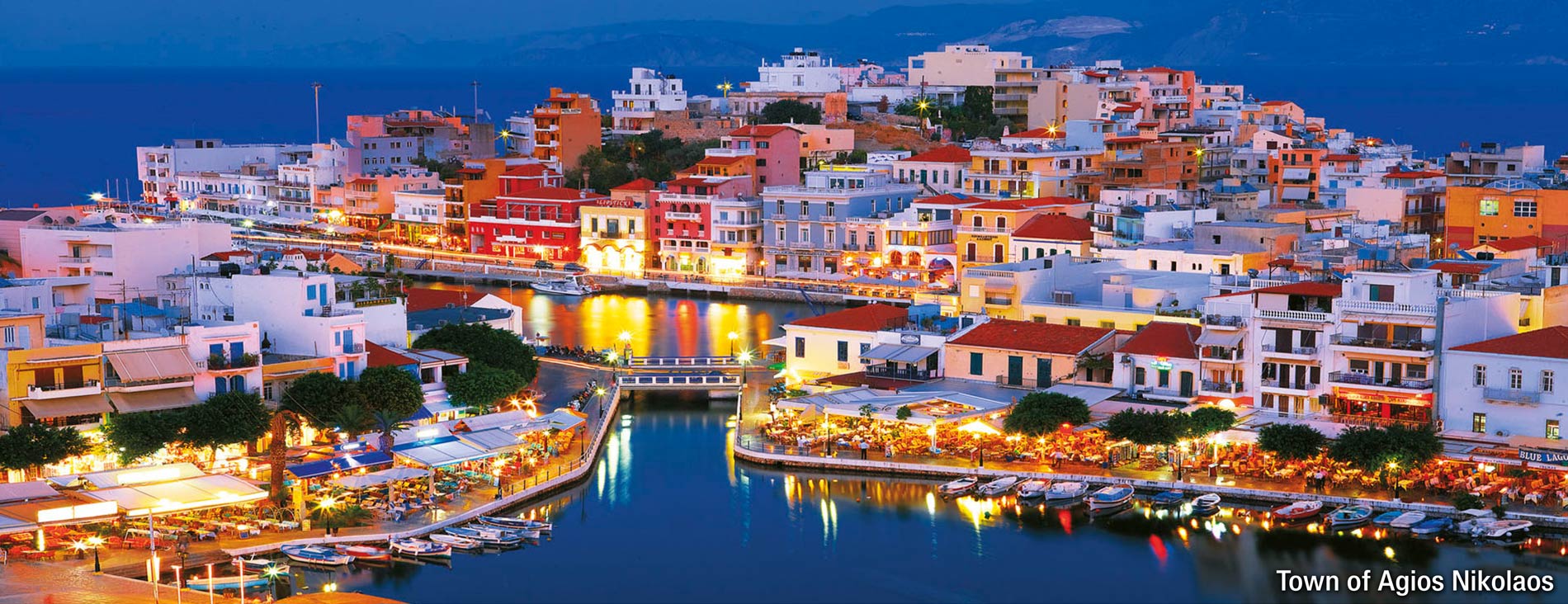Lasithi Prefecture



Lasithi prefecture is composed of multifaceted natural beauty which is uniquely combined with historical and archaeological interest.
It is located in the easternmost region of Crete embraced by the Cretan, the Carpathian and the Libyan seas. It has an extent of 1.818km2 and claims approximately 75.000 permanent residents. It consists of four municipalities: Agios Nikolaos, Ierapetra, Oropedio Lasithiou and Sitia.
Its capital and the hub of the prefecture is the charming little port town of Agios Nikolaos with a population of 8.500 inhabitants. It is partly built on the ruins of ancient Lato pros Kamara and stands amphitheatrically on the shores of Mirabello Bay. It looks down onto the picturesque circular Lake Voulismeni with a diameter of 137m. Along the water’s edge is a parade of taverns and cafes which create its bustling atmosphere. The Archaelogical Museum exhibits a compelling collection of Minoan findings and the Folklore Museum provides an interesting glance into the past. Various cultural events as well as sporting events are organised in the town throughout the year.
The other major towns are Ierapetra; the largest city on the south coast of Crete and the southern-most city in Europe; Sitia, a charming and uncrowded market town; and Elounda, an upmarket destination with a picturesque port.
The ancient Minoan settlements of Zakros and Gournia, the 16th century-old Venetian fortress of Spinalonga in the Gulf of Elounda, the Venetian Kale Fortress at the port of Ierapetra, are but a few of the famous archaeological remains which draw a unique route through time. Many churches and monasteries abound in this part of Crete with the two most popular being the church of Panagia Kyra with its well preserved Byzantine frescoes and the splendid Toplou Monastery with its fortress-like walls.
The western part of the inland is dominated by the Dikti Mountains with a height of 2.148m. Amidst the walls of these barren mountains is the fertile Lasithi Plateau known for its 12.000 windmills which pump water for the agriculture of vineyards, olive, apple and almond trees. The plain is breathtakingly beautiful in spring with an explosion of wild flowers. It is a remote area ringed with villages which sell local weaving, embroidery and pottery.
Lasithi’s coastline has a necklace of beaches and coves. Vai beach with its silver sand is popular for its palm trees which are a species unique to Crete, hence forming an impressive palm forest by the sea.



